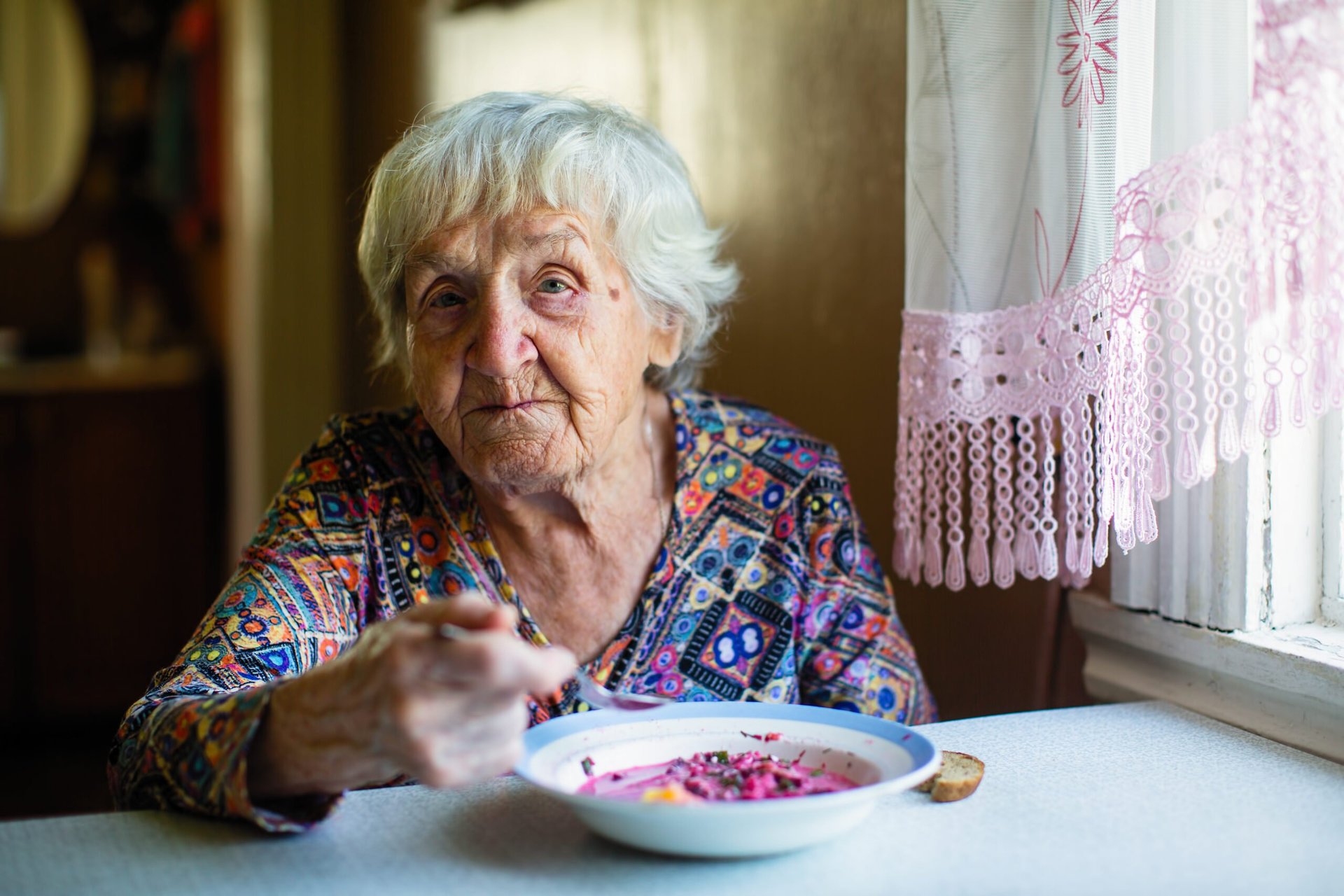More low-income seniors, along with people who have disabilities, are eligible for Supplemental Security Income (SSI) this fall.
The federal government recently announced changes to SSI regulations that took effect Sept. 30. These changes are expected to result in more people qualifying for benefits, and in some cases bigger benefits, while also reducing the amount of information that applicants and recipients must report.
Following is a quick look at how the current SSI program works, followed by how it changed at the end of September.
How Supplemental Security Income works

The Supplemental Security Income program, although not the same as traditional Social Security benefits, is also run by the Social Security Administration.
“SSI provides monthly payments to adults and children with a disability or blindness, and to adults aged 65 and older,” the federal agency says. “These benefits help pay for basic needs like rent, food, clothing, and medicine.”
Generally, you also must have few financial resources and make less than $1,971 from work each month to qualify, but many other things factor in — such as income like disability benefits, unemployment or pensions.
Most people who receive SSI benefits — 70% of them — live in households with family incomes of less than $30,000, including income from assistance benefits.
1. Eligibility will broaden

Under one of the new rules, the definition of a “public assistance household” has been expanded to include people who receive Supplemental Nutrition Assistance Program (SNAP) benefits — widely known as food stamps. This will enable more people to qualify for Supplemental Security Income.
Additionally, a requirement that may have prevented larger households, including those with multiple generations, from qualifying for SSI was removed.
“The previous policy required all household members to receive public assistance,” the Social Security Administration says. “This change benefits SSI recipients living in households where only some members receive public assistance.”
Under the new rule, the agency will assume applicants in public assistance households are not receiving financial help from friends or family they live with.
“This will allow more people to qualify for SSI and in some cases, receive a higher SSI payment,” according to the agency.
2. Food aid won’t count as income anymore

Under another new rule that took effect Sept. 30, food assistance no longer counts as income for the purpose of computing what the government calls “in-kind support and maintenance (ISM) calculations.”
ISM calculations can affect a person’s eligibility for Supplemental Security Income or reduce the amount of their benefit payments.
So, now that the value of food no longer counts as ISM, people applying for SSI will no longer be potentially penalized for receiving informal food assistance from friends, relatives or their community. They also won’t have to report that information.
3. Rental assistance will affect SSI eligibility and benefits less

One other rule that took effect Sept. 30 expanded a policy currently available in seven states — Connecticut, Illinois, Indiana, New York, Texas, Vermont and Wisconsin — to the entire country. The policy changes the way the government evaluates rental assistance such as rent subsidies.
In those seven states that already had this policy, renters’ living arrangements are less likely to affect their SSI eligibility or the amount of SSI benefits they get.
“This new rule extends the same advantageous policy to all SSI applicants and recipients nationwide,” the Social Security Administration says. “This may increase the payment amount some people are eligible to receive and will allow more people to qualify for critical SSI payments.”



